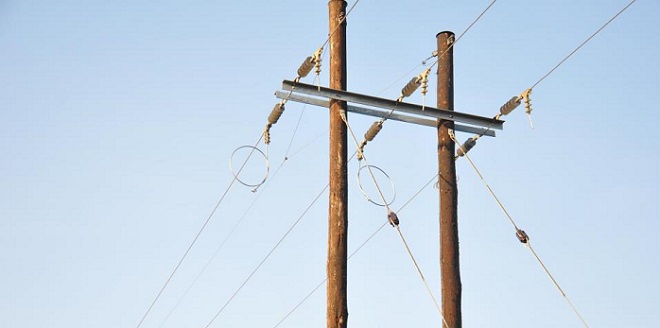
Kampala, Uganda | THE INDEPENDENT | The Natural Resources committee of parliament has recommended an extra Shillings 334 billion for electricity transmission, generation and distribution projects to utilize excess power.
In its report to Parliament, the committee recommends that government allocates an additional Shillings 60 billion to the Rural Electrification Agency (REA), Shillings 96.1 billion to Uganda Electrification Generation Company Ltd-UEGCL and Shillings 178 billion to Uganda Electricity Transmission Company Ltd (UETCL) to evacuate electricity.
The above projects are among the underfunded or unfunded priorities in the Energy Resources Directorate under the Ministry of Energy and Mineral Development in the National Budget Framework Paper for financial year 2019/2020. There have been concerns that Isimba and Karuma hydropower dams will add 1,000 Megawatts to the national grid by the end of this year and yet there are challenges of transmitting and distributing it to end users for use.
Also noted are the delays in compensating Project Affected Persons (PAP), which the committee says has hampered implementation of key transmission projects including Sukuru sub-station in Tororo, Mutundwe-Entebbe, Mirama-Kabale, Industrial parks, Karuma interconnection and Masaka-Mbarara.
Dr. Keefa Kiwanuka, the Natural Resources Committee Chairperson, says the installed generation capacity of 1,100 Megawatts cannot be fully utilized due to poor transmission and distribution lines. The committee is worried that adding Isimba and Karuma dams onto the national grid may yield the desired results unless the transmission and distribution systems are expanded and upgraded.
Uganda has an excess power generation of about 200 Megawatts. Only a maximum of 750 MW can be used during peak hours between 6pm -12pm minus power from the two thermal plants that have an installed capacity of 100MW.
There are currently 36 power generating plants in the country, which include large and mini hydro dams, heat and energy, solar and thermal plants. On Monday last week, President Yoweri Museveni blamed energy officials for not doing enough on power utilization
President Museveni also noted that a modern Uganda needs more power to boost other sectors.
Kiwanuka agrees with President Museveni on the need of increasing coverage of power distribution from 26% to at least 80% by 2040. Umeme reported that it had an estimated 1.2 million customers in 2018 up from 290,000 customers in 2005.
Kabale Municipality MP, Andrew Aja Baryayanga, who was keen on addressing issues stalling the construction of Karuma dam in 2013, says technocrats are doing a good job but the executive needs to prioritize money for transmission, distribution and industrialization to consume the excess power.
James Banaabe Isingoma, the Director for Energy Resources Directorate at the Ministry of Energy, says the Ministry has devised action plans to ensure full utilization even when 1,000 Megawatts from Karuma, Ayago and Isimba dams are added on the national grid.
These measures include construction of 25 Industrial Parks to consume an estimated 450 Megawatts, Sukuru Industrial Park complex expected to consume 200 Megawatts, regional power trade with a potential of 390 MW to Burundi, D.R. Congo, Rwanda and Kenya, rural electrification and expanding transmission infrastructure to increase volume of power transmitted across the country.
He notes that several challenges exist including low absorption by consumers, overloaded transformer capacity with substations such as Mutundwe, Kawanda, Lugogo deemed to be in critical state.
The Kyankwanzi Woman MP, Anne Maria Nankabirwa also says tax payers are losing colossal sums of money due to excess power generated. She says existing gaps in transmission and distribution can be resolved through prioritization and deliberate investment.
Nankabirwa adds that electricity management involves improving the quality of power.
In March last year, the Finance Minister asked the Energy and Mineral Developments Minister, Irene Muloni to submit the transmission and distribution needs of the sector for the next eight years (2018-2025).
Muloni responded in August stating that a total of US Dollars 5,711 million (20.5 trillion shillings) is the total investment requirement for both transmission and distribution with committed funding of US Dollars 2,566 million (9.4 Trillion Shillings). She said that there was a funding gap of US Dollars 3,145 million (11.5 Trillion Shillings) that needs to be filled in the coming years.
*****
URN
 The Independent Uganda: You get the Truth we Pay the Price
The Independent Uganda: You get the Truth we Pay the Price



